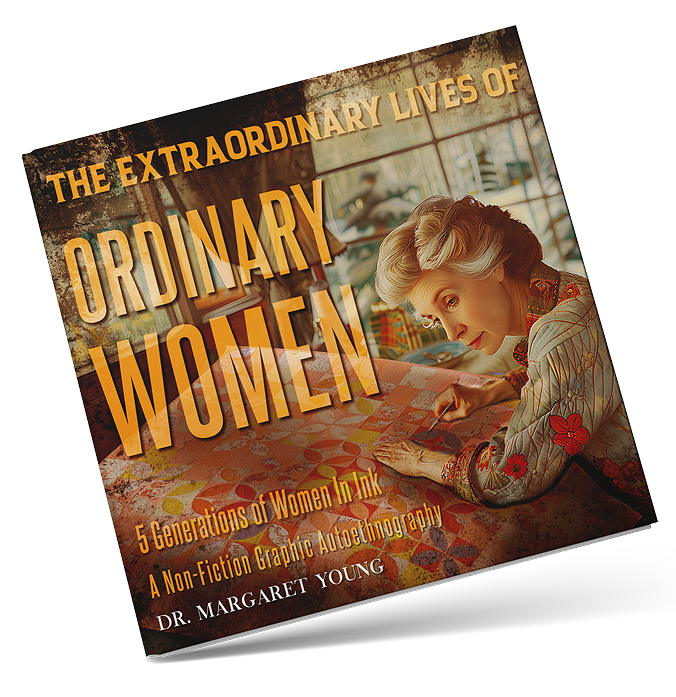

What Is Autoethnography? It sounds like the kind of word you’d use to impress a stranger at a faculty wine mix error get tangled in while trying to explain your book to your aunt at Thanksgiving. But stick with me.
What Is Autoethnography? It sounds like the kind of word you’d use to impress a stranger at a faculty wine mixer or get tangled in while trying to explain your book to your aunt at Thanksgiving. But stick with me.
Auto ethnography is actually quite beautiful once you brush off the jargon and shake out the mothballs.
At its heart, autoethnography is the practice of using personal experience to understand cultural experience. It’s a memoir with a mission. A method that says, ‘My story matters not just because it’s mine – but because it reflects something larger than me.’
References
Ellis, C., Adams, T.E., & Bochner, A.P. (2011). Autoethnography: An Overview. Forum: Qualitative Social Research, 12(1). https://doi.org/10.17169/fqs-12.1.1589
Holman Jones, S. (2005). Autoethnography: Making the Personal Political. In N. Denzin & Y Lincoln (Eds.) Handbook of Qualitative Research (3rd ed., pp 763-791). Sage Publications.
Spry, T. (2001). Performing Autoethnography: An Embodied Methodological Praxis. Qualitative Inquiry, 7(6), 706-732. https://doi.org/10.1177/107780040100700605
Blogs to come

OCT 5, 2023
Lorem Ipsum is simply dummy text of the printing and typesetting industry Lorem Ipsum has been the industry’s standard dummy text ever since the when an unknown

OCT 5, 2023
Lorem Ipsum is simply dummy text of the printing and typesetting industry Lorem Ipsum has been the industry’s standard dummy text ever since the when an unknown

OCT 5, 2023
Lorem Ipsum is simply dummy text of the printing and typesetting industry Lorem Ipsum has been the industry’s standard dummy text ever since the when an unknown

12834 Cheverly Drive
704-575-0917
©Copyright 2025 MARGARET YOUNG. All Rights Reserved.